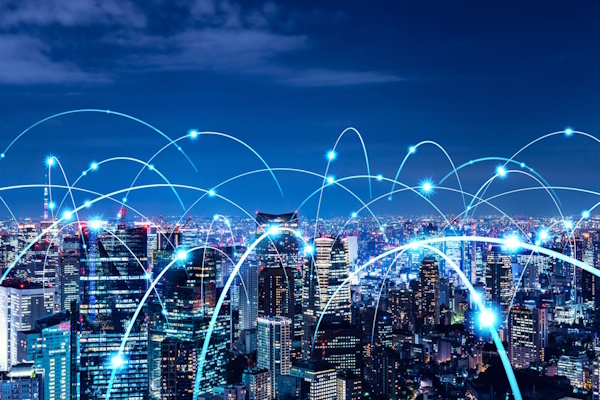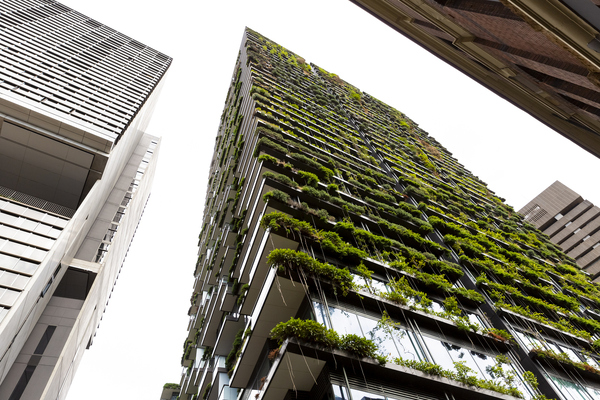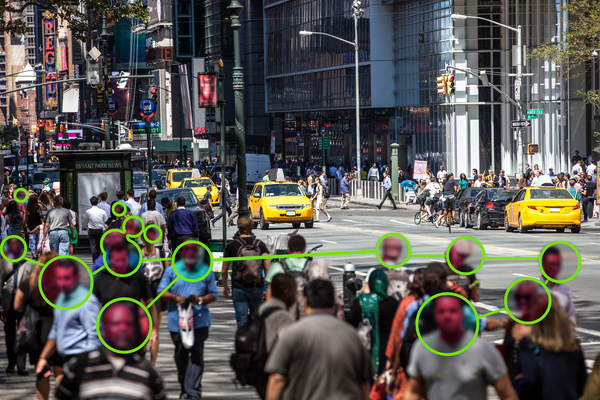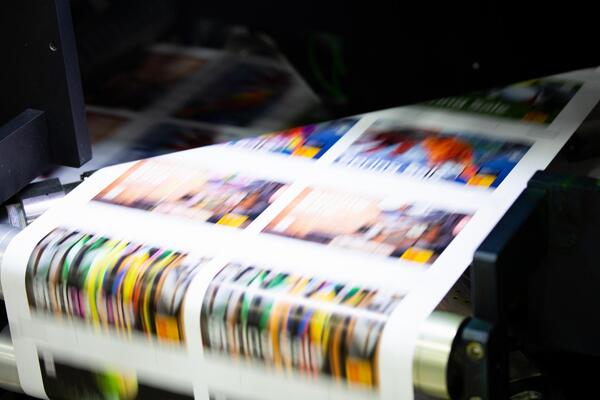The power of 5G to transform cities

Shahid Ahmed at NTT Ltd explores how 5G is changing the way we live
With many parts of the world reopening in line with the Covid-19 vaccine rollout, we can now see the future role of cities in enabling businesses and rebuilding communities begin to play out.
Based on a period of immense change over the last two years, encouraging people back to cities will be critical in driving economic growth. Technology can play an important role in making cities a great place to be, driving footfall and business opportunities.
The concept of smart cities—urban areas where functions ranging from traffic management to security are improved through embedded digital technologies—isn’t new. But as technology, including the Internet of Things, autonomous vehicles and biometric identification, continues to evolve, the list of what’s possible in next-generation smart cities continues to grow.
The future of smart cities
There’s no doubting the role smart cities stand to play in our future. With more of us moving to urban areas, any type of technological innovation that aids with the running of public services and creating a better environment for citizens is likely to be embraced. Smart cities involve using technology in the best way, creating spaces for people to thrive in a way that minimises our negative impact on the environment.
While issues such as lack of underlying infrastructure still need to be tackled, it’s not out of the question that within a couple of decades, city dwellers will have access to a host of services that will make everyday living easier and safer. This will be possible thanks to developments such as 5G technology.
From making cities easier to navigate to improving public services, 5G offers a huge opportunity to build back cities focused on the needs of citizens. 5G offers low latency, higher data-transfer speed and the capacity to carry a larger number of connections than previous standards, allowing it to enable and accelerate digital transformation. 5G will therefore become a true enabler and accelerator for many modern digital transformation applications across the IoT, data and artificial intelligence (AI) realms.
Again, 5G is not only about wireless connectivity. It can be a catalyst for a new paradigm of computing to support new data demands across core to edge to cloud and extract the true value of data generated across the chain. Typical use cases include wireless connectivity for branch offices and mobile workers, or next-generation connectivity for vehicles, transportation and smart cities. It is anticipated that real 5G network transformation will leverage the AI revolution, edge explosion and cloudification.
Furthermore, the pandemic has prompted organisations and governments alike to look for new ways to use technology to reinvent urban spaces and improve citizens’ lifestyle and wellbeing. Many technology companies have been exploring how to leverage some of the most exciting innovations to further the realisation of smart cities. It’s important to look into some of the most exciting examples of this and what it means for the future of urban development.
The Woven City
When it comes to smart cities, innovation cannot operate in a vacuum. Technologies such as autonomous vehicles are essential for the evolution of smart cities, and vice versa. Some technology companies are working with leading motor manufacturers to further the development of automated vehicles and their relationship with smart cities – for example, Toyota aims to speed up development of next-generation vehicles using the 5G.
As an example of this, built at the foot of Mount Fuji, Japan, the ‘Woven City’ is exploring the latest smart city innovations. It will be home to full-time residents and researchers who will test and develop technologies such as autonomous vehicles, robotics, personal mobility, smart homes and artificial intelligence (AI).
The city uses sensors and cameras, placed along roads, buildings and traffic lights to gather data, from pedestrian traffic to precipitation. This data is processed by optical networks and data centres, to create a digital twin, before being fed back to autonomous vehicles. Making this data available in real-time will go a long way to create a safe environment in which autonomous cars can operate without the need for human intervention.
Innovations in the Woven City are not limited to vehicles, or even public services – work has also been done to facilitate the creation of smart homes with a special focus on sustainability. Powered by hydrogen, these homes include features such as automated rubbish disposal and refrigerator filling. Whilst some of these innovations may seem futuristic, within the next 5-10 years the technology will be ready for application across the globe.
Smart solutions
On the other side of the world, smart technology is being used to help cities and businesses manage their transition into a post-pandemic world. Smart solutions are being used to help Chicago Navy Pier, a popular leisure destination, reopen safely after the pandemic. The project includes using optical sensors and data analytics to help manage capacity, which will play a vital role in allowing visitors to return in a safe manner. These visitors will be provided with critical real-time information that allows them to make informed decisions and help them prepare for their trip.
Similarly, through work with NTT, Las Vegas has rolled out intelligent technology to tackle the challenge of a growing population and constrained resources. The city adopted artificial intelligence, machine learning and sensors to enable real-time decision-making and faster responses to emergencies, as well as providing valuable insight for future infrastructure planning.
Under the smart city project, using a data platform, as well as modular data centre infrastructure for edge deployments, will monitor traffic-related issues downtown using Internet of Things (IoT) devices.
Here in the UK, we have seen examples including a project underway to deploy a 5G-connected road sensor network. The network will relay live traffic information to the regional control centre to enable swift action to be taken as queues build up, while data gathered will help plan future transport development.
One of the key concerns around smart city technology is the holding of data and ensuring this data is managed in a transparent manner. It’s important to consider solutions where there is no retention of collected data; where it remains only for the time cycle required, in compliance with data privacy and data retention policies.
5G-enabled productivity boosts
In smart cities, Wi-Fi will be available to everyone, facilitating a focus on IoT to boost productivity and efficiency. This includes contactless shopping, deliveries and cars communicating with each other, traffic lights, trains and more.
In terms of next steps, it’s important to scale projects and help more businesses with their ‘back to work’ solutions and emerge safely from COVID-19 restrictions and beyond.
From automated vehicles and resident safety through to the monitoring and reduction of our energy consumption, smart solutions can help make these ambitious ideas a reality. A McKinsey report found that the implementation of such technologies could improve some quality-of-life indicators by around 10-30 percent.
Such innovations will play a vital part in our pursuit of a more connected and sustainable world and I look forward to seeing where these innovations can take us in the future.
Shahid Ahmed is Group EVP New Venture and Innovation, NTT Ltd
Main image courtesy of iStockPhoto.com

Business Reporter Team
Most Viewed
23-29 Hendon Lane, London, N3 1RT
23-29 Hendon Lane, London, N3 1RT
020 8349 4363
© 2024, Lyonsdown Limited. Business Reporter® is a registered trademark of Lyonsdown Ltd. VAT registration number: 830519543





